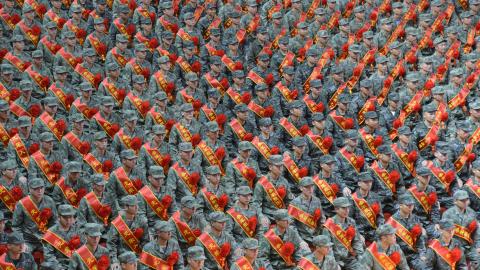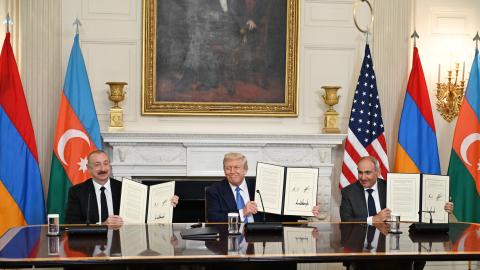From the National Review Online Symposium "Living in Terror"
Religious diversity is a noble goal, and Muslims should be welcome in the U.S. military and other areas of American public life. But extremist Muslims should not. The U.S. government still seems clueless about the extremist Muslim subculture whose ideology forms and inspires jihadis.
Sometime over the past decade, presumably while he was already in the military, Hasan became a Salafi; Salafism (also called Wahhabism) is a form of Muslim radicalism. He attended a Salafi mosque in Virginia a mosque that had a spiritual director who's now on the U.S. terrorist list and that was visited by one of the 9/11 hijackers. Hasan refused to have his picture taken with women, a double no-no for Salafis. (In Wahhabi Saudi Arabia, photographs are now allowed for identification purposes, like licenses and passports, but otherwise prohibited.)
Though born in Virginia of Palestinian parentage, when not in military uniform he took to wearing the Pakistani-style Salafi garb now in vogue among al-Qaeda's leadership and numerous other jihadist groups. Salafi materials prohibit taking as friends "unbelievers," which would explain Hasan's loner lifestyle. There are military records indicating that he otherwise expressed views consistent with Salafi thinking, including bitter opposition to the wars in which he was to participate. At Hasan's Virginia mosque, in 2004, we found Saudi Wahhabi tracts teaching hatred against "infidels" and infidel lands (e.g., the United States), rife with tirades of explicitly anti-American conspiracy theories relating to foreign policy in various Muslim countries.
Being a practicing Salafi is not the same thing as being a jihadist or a terrorist, but it is not compatible with U.S. military service, either.

















